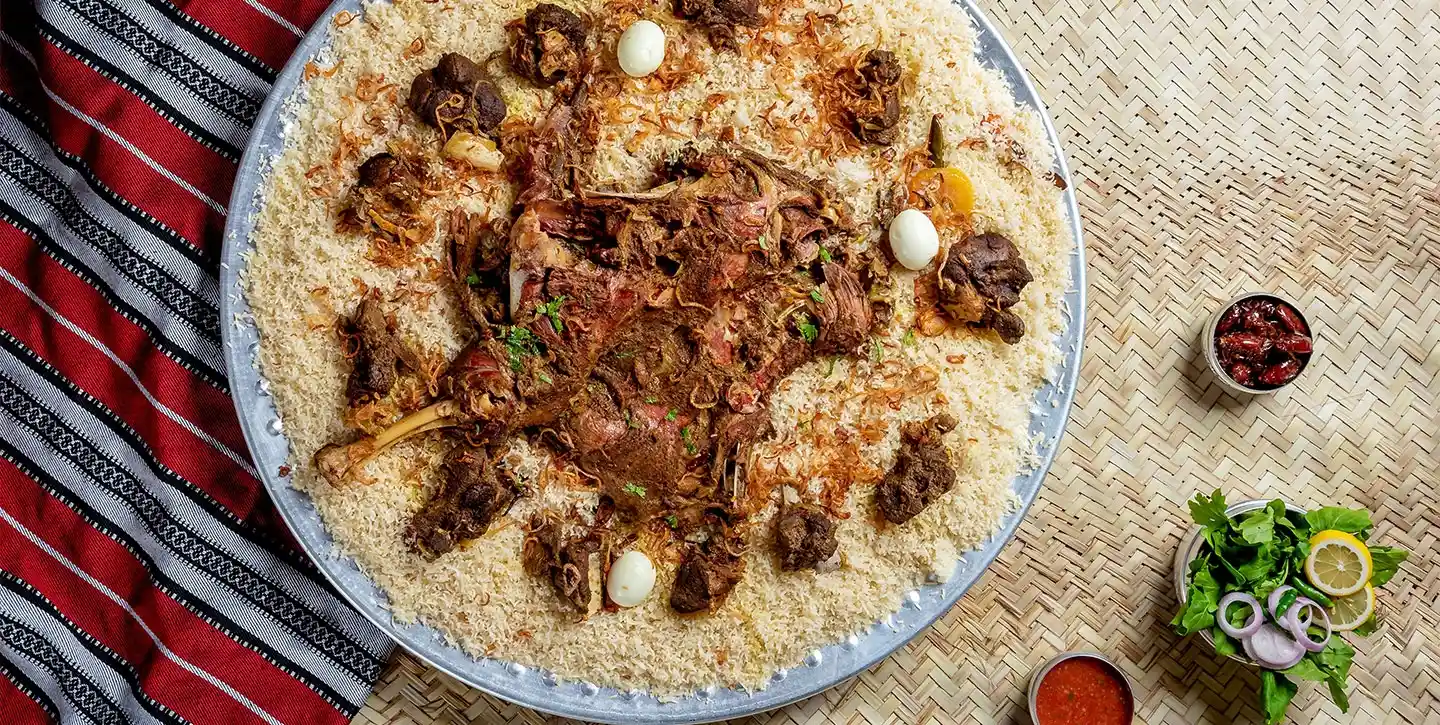When I think of the culinary world, my senses are often tantalized by the diverse flavors and exquisite dishes that different cultures have to offer. Today, I want to take you on a delectable journey—a journey through the heart of the Middle East, where we will explore the rich and aromatic world of Saudi Arabian cuisine.
Saudi Arabian cuisine is a splendid tapestry woven with tradition, culture, and a wide array of spices and ingredients that are as unique as the land itself. The food here tells a story, one of desert caravans, ancient spice routes, and generous hospitality. The aromas of cumin, coriander, and cardamom mix with the scent of roasted meats and freshly baked bread, inviting us to delve deeper into this culinary heritage.
The preparation of food in Saudi Arabia is often a communal affair, a time for family and friends to come together and share not only a meal but also laughter, conversation, and the joys of life. It is this aspect of sharing and community that truly embodies the spirit of Saudi Arabian cuisine.
Exploring the Flavor Profile of Saudi Arabian Food
Saudi Arabian food is an art form that balances the complexity of flavors with the simplicity of its ingredients. The flavor profile is robust, characterized by the use of a variety of spices that create a harmony on the palate. There is an emphasis on the freshness of the ingredients, and the use of herbs like mint and parsley adds a refreshing touch to many dishes.
The use of grains such as rice and wheat is prevalent, often serving as the foundation of the meal. Lamb and chicken are the meats of choice, typically slow-cooked or grilled to perfection, allowing the natural flavors to shine through. Dried fruits and nuts such as dates, raisins, and almonds are also commonly incorporated, adding sweetness and texture that contrast beautifully with the savory elements of the dishes.
The Saudi Arabian flavor profile is not one that can be easily forgotten. It is indulgent yet balanced, rich yet subtle, and always, always inviting. It is a flavor profile that has been shaped by the land and its people, one that reflects the generosity and warmth of Saudi Arabian hospitality.
Customize Your Dream Vacation!
Get in touch with our local experts for an unforgettable journey.
Plan Your Trip1. Kabsa: The National Dish of Saudi Arabia
Kabsa has rightfully earned its place as the national dish of Saudi Arabia. This beloved recipe is a celebration of flavors, a feast for the senses, and a testament to the culinary prowess of the Saudi people. Kabsa is not just a dish; it is an experience, one that encapsulates the essence of Saudi Arabian cuisine.
Kabsa is made with a base of long-grain rice, which is then lovingly infused with a blend of spices like cloves, cardamom, saffron, cinnamon, and black lime. The rice is adorned with tender pieces of chicken, lamb, or sometimes camel, each contributing its own depth of flavor to the dish. The meat is cooked in a flavorful broth until it is falling-off-the-bone tender, and then it's all mixed with the spiced rice, resulting in a dish that is both flavorful and comforting.
The secret to an authentic Kabsa lies in the layering of flavors and the patience with which it is prepared. It is often garnished with fried nuts, raisins, and chopped fresh herbs before serving, adding a delightful crunch and burst of freshness to each bite. Kabsa is more than just a meal; it is a dish that brings people together, to sit around a communal table and share in the joy of good food and good company.
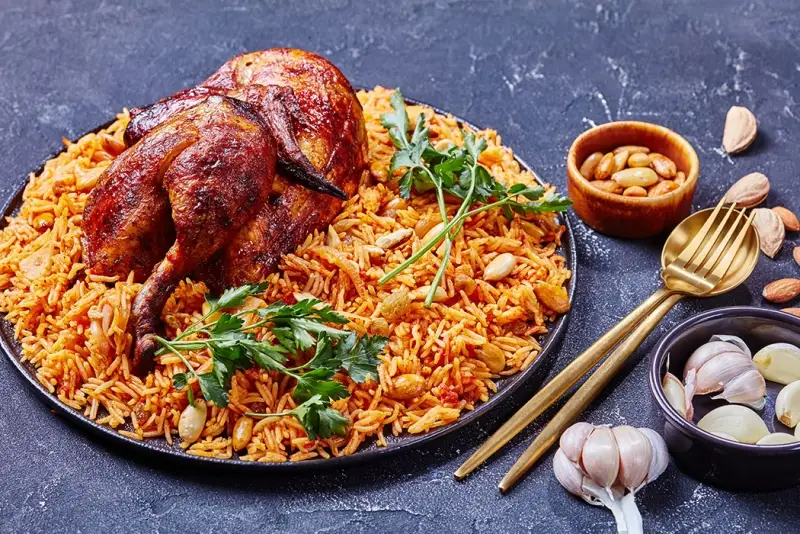
2. Mandi: A Yemeni Dish Popular in Saudi Arabia
While Mandi finds its roots in Yemen, it has been warmly embraced by the Saudi people and has become a staple in households across the country. Mandi is similar to Kabsa in that it is a rice and meat dish, but it has its own distinct identity and flavor profile that sets it apart.
The key to a perfect Mandi lies in the method of cooking. The meat, usually chicken or lamb, is marinated with a blend of spices and then slow-cooked in a tandoor, a type of oven that is often buried in the ground. This traditional cooking method imparts a unique smokiness to the meat and preserves its juiciness, creating an irresistible combination that is hard to replicate.
The rice in Mandi is also cooked with a special touch. It is seasoned with a mix of spices and then cooked in the meat's juices, absorbing all the delightful flavors. When served, the rice and meat are often accompanied by a side of a tangy tomato sauce, which adds an extra layer of flavor to the dish. Mandi is not just a meal; it is a celebration of flavors that is deeply rooted in the traditions of the Arabian Peninsula.
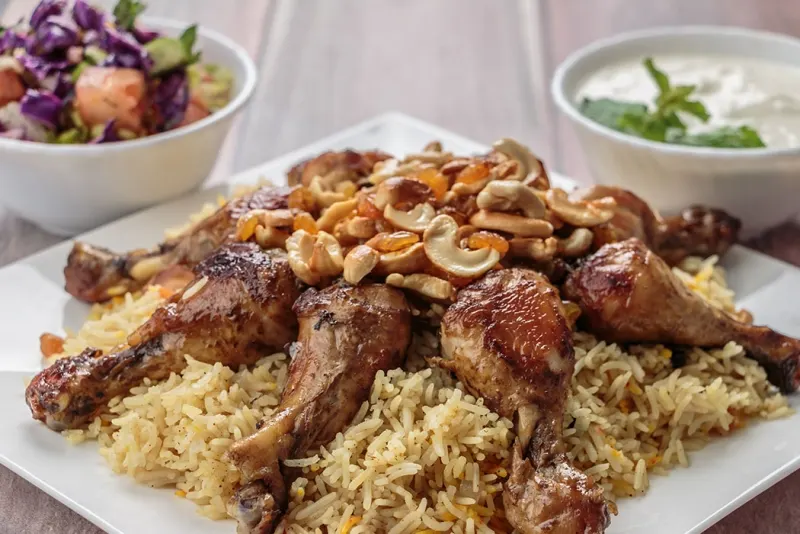
3. Jareesh: A Traditional Saudi Arabian Staple
Jareesh or Harees is one of those dishes that may not have international fame but is a cherished staple in Saudi Arabian households. This traditional dish is made from crushed wheat, which is then cooked and stirred until it reaches a creamy consistency, much like a risotto.
What makes Jareesh so special is its versatility. It can be enjoyed plain, or it can be enriched with a variety of ingredients such as milk, butter, and an array of aromatic spices, which give it a comforting and hearty flavor. Some even like to add meat or vegetables to make it a more substantial meal.
The beauty of Jareesh lies in its simplicity and its ability to bring comfort. It is a humble dish, one that is often enjoyed during the cooler months, providing warmth and nourishment. Jareesh is a testament to the Saudi Arabian way of life, where simplicity is celebrated and where food is a means of bringing people together.
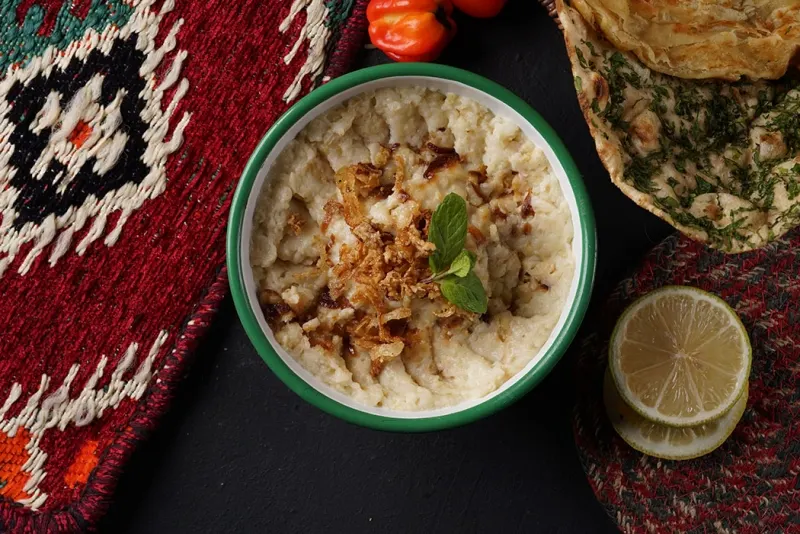
4. Mofatah Al-Dajaj: A Royal Saudi Arabian Feast
Mofatah Al-Dajaj is a dish that is often reserved for special occasions and celebrations. It is considered a dish of generosity and is commonly served during large gatherings, such as weddings and Eid celebrations. Mofatah Al-Dajaj is a true representation of the opulence and hospitality that is so deeply ingrained in Saudi culture.
The dish is made with a whole chicken, which is boiled with a medley of spices until it is tender and full of flavor. The chicken is then served on a bed of fluffy rice, which has been seasoned with the same spices used in cooking the chicken, creating a harmonious blend of flavors that is both rich and satisfying.
Mofatah Al-Dajaj is typically adorned with nuts and raisins, adding a luxurious touch to the presentation. The dish is also often accompanied by a flavorful sauce or a fresh salad, making it a complete and well-rounded meal. Mofatah Al-Dajaj is not just a dish; it is a royal feast, one that embodies the spirit of celebration and the joy of sharing.
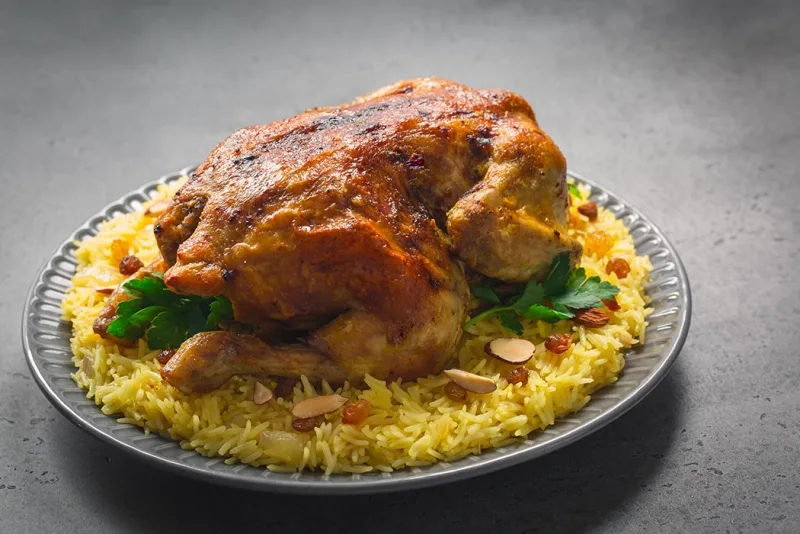
5. Ruz Al Bukhari: A fragrant Pilaf Dish
Ruz Al Bukhari is a fragrant rice dish that is a testament to the influence of the historic spice trade on Saudi Arabian cuisine. This dish is a blend of the exotic and the familiar, taking simple ingredients and elevating them with the use of aromatic spices such as cinnamon, cloves, and cardamom.
The rice is cooked to perfection, each grain separate and infused with the heady aroma of the spices. It is often paired with roasted chicken or lamb, which complements the rice's flavors beautifully. The dish is also garnished with fried onions, raisins, and almonds, which add a delightful texture and sweetness to the pilaf.
Ruz Al Bukhari is more than just a dish; it is a celebration of the rich history of Saudi Arabia and its connections to the wider world. It is a dish that is steeped in culture and tradition, and one that is sure to enchant anyone who has the pleasure of tasting it.
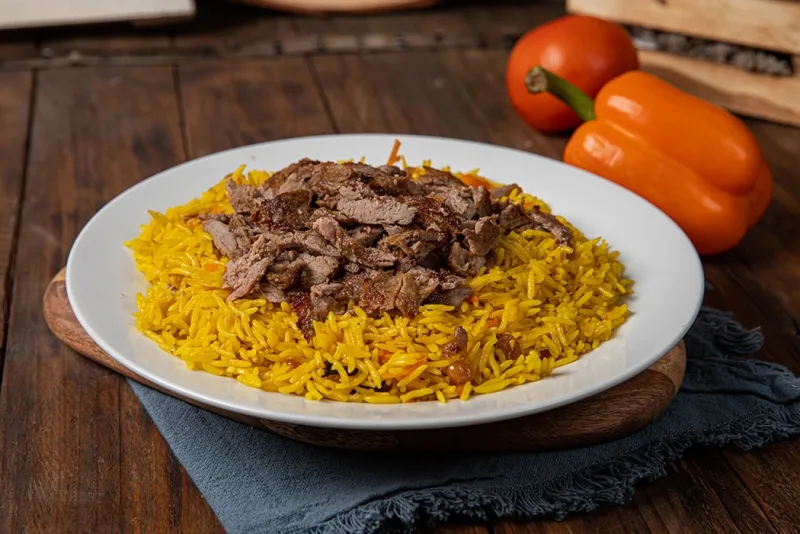
6. Mutabbaq: A Savory Stuffed Pancake
Mutabbaq is one of those dishes that captures the imagination with its simplicity and depth of flavor. It is a savory stuffed pancake that is popular not just in Saudi Arabia but throughout the Arabian Peninsula and Southeast Asia. Mutabbaq is street food at its finest, a treat that can be enjoyed at any time of the day.
The dish consists of thin layers of dough that are filled with a mixture of ground meat, onions, and spices. The pancake is then folded and cooked on a griddle until it is crispy on the outside and warm and savory on the inside. The result is a delightful contrast of textures and flavors that is both satisfying and delicious.
Mutabbaq is often served with a side of yogurt or a tangy sauce, which complements the richness of the pancake perfectly. It is a dish that is both humble and indulgent, a true reflection of the diversity and creativity of Saudi Arabian street food.
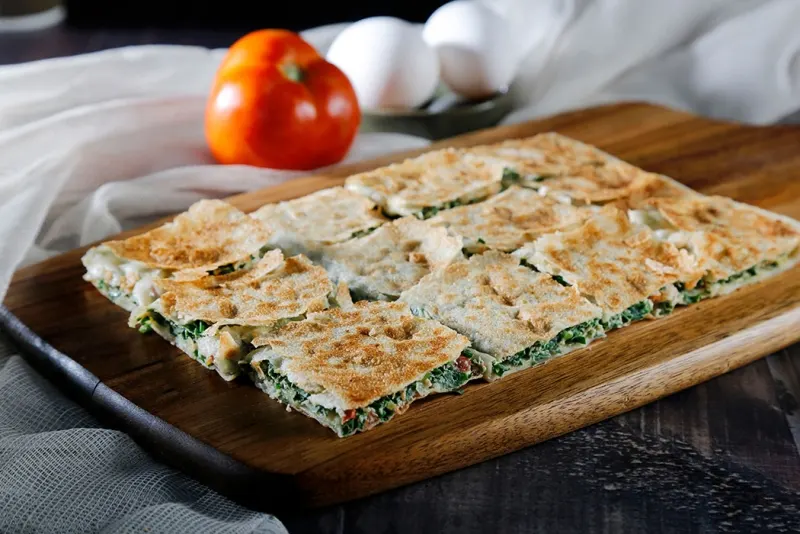
7. Saleeg: A Creamy Rice Dish
Saleeg is a dish that epitomizes the comfort food of Saudi Arabia. It is a creamy rice dish that is both simple and immensely satisfying. Saleeg is often enjoyed during the cooler months, providing warmth and comfort to those who savor it.
The dish is made by cooking rice in a broth until it is tender and then adding milk to create a creamy consistency. It is typically seasoned with a touch of cardamom and sometimes a bit of butter, which gives it a rich and comforting flavor. Saleeg can be served as a side dish or as a main, often accompanied by a variety of toppings such as roasted meat, fried onions, or a sprinkle of cinnamon.
Saleeg is a dish that is steeped in tradition, one that is often prepared in Saudi homes with great care and affection. It is a dish that speaks to the heart, providing sustenance and solace with every spoonful.
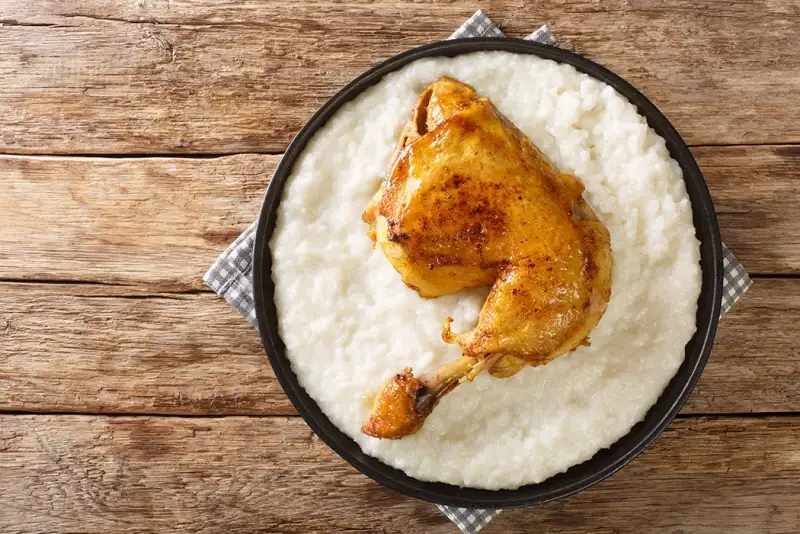
8. Matazeez: A Traditional Saudi Arabian Dumpling Dish
Matazeez is a dish that showcases the heartiness of traditional Saudi Arabian cuisine. It is a dumpling dish that is rich in flavor and deeply satisfying, perfect for a family meal or a gathering of friends.
The dumplings are made from a simple dough that is rolled out and cut into small squares, then filled with a mixture of meat and spices. The dumplings are then cooked in a tomato-based sauce that is flavored with a variety of aromatic spices. The result is a dish that is both rustic and refined, with the dumplings absorbing the rich flavors of the sauce.
Matazeez is a dish that is best enjoyed shared, a symbol of the communal nature of Saudi Arabian dining. It is a dish that is full of warmth and generosity, a true reflection of the spirit of Saudi Arabian hospitality.

9. Tamees: A Popular Saudi Arabian Bread
Tamees is a beloved bread that is a staple in Saudi Arabian cuisine. It is a bread that is simple yet essential, a companion to many meals and a testament to the importance of bread in Saudi culture.
The bread is made from a simple dough that is then baked in a special oven called a tandoor. The result is a bread that is fluffy and light, with a slightly crisp crust. Tamees is incredibly versatile, often served with a variety of dips and sauces or used as a wrap for meats and vegetables.
Tamees is not just a bread; it is a symbol of sustenance and life. It is a bread that is shared among family and friends, a bread that brings people together around the table.
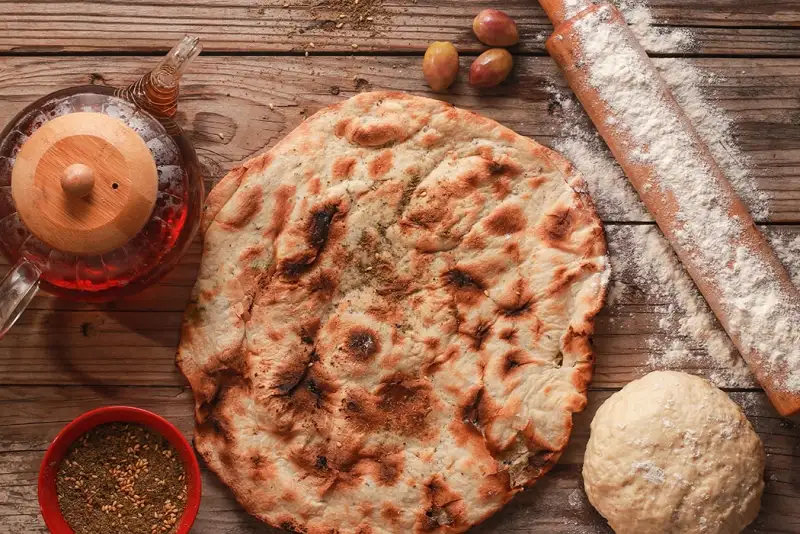
10. Shawarma: A Middle Eastern Delight in Saudi Arabia
Shawarma is a dish that has captured the hearts and palates of people all over the Middle East, including Saudi Arabia. It is a dish that is synonymous with street food, a flavorful wrap that is both convenient and delicious.
The dish consists of thinly sliced meat, usually chicken, lamb, or beef, that is marinated in a blend of spices and then slow-cooked on a rotating spit. The meat is then shaved off and wrapped in a flatbread along with a variety of toppings such as tomatoes, onions, and tahini sauce.
Shawarma is a dish that is full of flavor and texture, a dish that is perfect for those on the go. It is a dish that is enjoyed by people of all ages, a true testament to the universal appeal of Saudi Arabian street food.
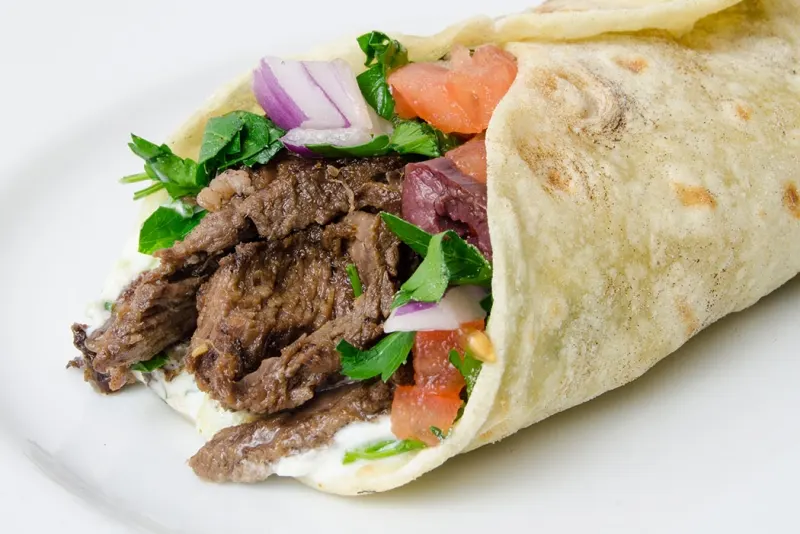
11. Areeka: A Traditional Saudi Arabian Dessert
Areeka is a dessert that is cherished in Saudi Arabia, a sweet treat that is often enjoyed during special occasions and celebrations. It is a dessert that is rich and indulgent, a perfect end to a meal.
The dessert is made from dates that are mashed and then mixed with flour and butter. The mixture is then cooked until it forms a thick paste, which is then spread out and allowed to cool. Areeka is often garnished with nuts or sesame seeds, adding a delightful crunch to the soft and chewy texture of the dessert.
Areeka is a dessert that is both traditional and beloved, a dessert that is a symbol of the sweetness of Saudi Arabian hospitality.
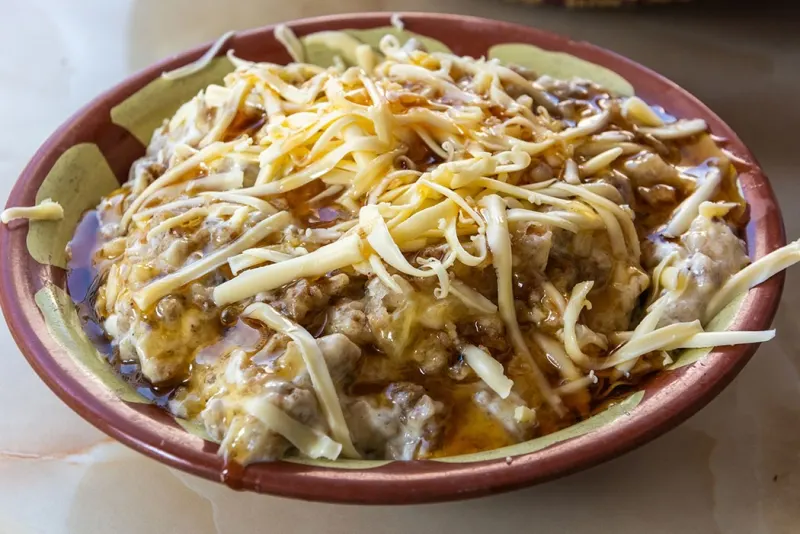
12. Maamol: Celebratory Cookies
Maamol is a type of cookie that is often associated with celebrations and festivities in Saudi Arabia. It is a cookie that is both elegant and delicious, a treat that is often shared among loved ones during special occasions.
The cookies are made from a dough that is infused with fragrant spices like mahlab and orange blossom water. They are then filled with a variety of fillings such as dates, pistachios, or walnuts. The cookies are then shaped into distinctive patterns using special molds or by hand.
Maamol is a cookie that is full of flavor and tradition, a cookie that is a testament to the joy and celebration that is so integral to Saudi Arabian culture.

Embracing Saudi Arabian Culinary Traditions
As we come to the end of our culinary journey through Saudi Arabia, it is clear that the food of this land is much more than just sustenance. It is a vibrant expression of culture, history, and tradition. It is a cuisine that invites us to explore, to taste, and to share.
Embracing Saudi Arabian culinary traditions means appreciating the complexity of its flavors, the richness of its history, and the warmth of its hospitality. It means coming together around a table to enjoy the simple pleasure of a meal shared with others.
I hope this journey has inspired you to explore the delightful world of Saudi Arabian cuisine. And remember, if you want to experience these flavors in their homeland, Explore our exclusive Saudi Arabia Trips and let us plan it all for you. Bon appétit, or as they say in Saudi Arabia, Sahtain!
Related Articles
Keep the inspiration going with these handpicked travel reads.

